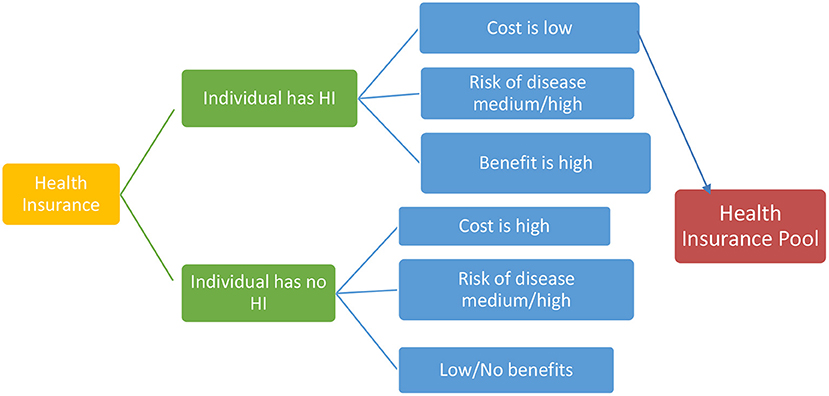The Ultimate Guide To Medicare Advantage Agent
The Ultimate Guide To Medicare Advantage Agent
Blog Article
The Facts About Medicare Advantage Agent Revealed
Table of ContentsSee This Report on Medicare Advantage AgentMedicare Advantage Agent Can Be Fun For EveryoneExcitement About Medicare Advantage Agent


follows from confusing the relatively young age profile of account uninsured with the better health, on average, of younger persons. For those without access to work environment health and wellness insurance, bad wellness is a potential obstacle to acquiring nongroup insurance coverage because such coverage might be highly valued, exclude preexisting problems, or be merely inaccessible. Unless or else noted, nationwide price quotes of individuals without wellness insurance and percentages of the populace with different kinds of protection are based on the CPS, the most widely made use of resource of quotes of insurance coverage and uninsurance prices.

Unknown Facts About Medicare Advantage Agent
The partnership in between health insurance policy and access to care is well developed, as documented later on in this chapter. The relationship in between health insurance policy and health end results is neither direct neither simple, a comprehensive clinical and health solutions research study literature links health and wellness insurance protection
to improved access accessibility care, better much betterTop quality and improved personal individual population health health and wellnessStanding The 2nd record, on personal health and wellness end results for uninsured grownups, is represented by the innermost circle of the figure, while the 3rd report, on household health, encompasses the topics of the 2nd report but highlights a different unit of evaluation, particularly, the family.
Furthermore, it focuses particularly on those with no health and wellness insurance coverage for any kind of size of time. The problems faced by the underinsured are in some aspects comparable to those encountered by the uninsured, although they are typically less serious. Uninsurance and underinsurance, nonetheless, entail clearly various policy issues, and the methods for addressing them may differ. Throughout this research study and the five reports to comply with, the primary focus is on persons with no medical insurance and thus no support in paying for health care beyond what is readily available via charity and safety and security net institutions. Health insurance is a powerful element affecting invoice of care because both clients and physicians react to the out-of-pocket cost of solutions. Health and wellness insurance, however, is neither necessary neither enough to access to medical solutions. Nevertheless, the independent and direct result of wellness
insurance coverage on accessibility to health and wellness solutions is well developed. Others will get the healthcare they need also without health and wellness insurance, by spending for it out of pocket or seeking it from service providers who use care complimentary or at very subsidized prices. For still others, medical insurance alone does not guarantee weblink receipt of care as a result of other nonfinancial barriers, such as a lack of healthcare carriers in their area, limited accessibility to transport, illiteracy, or etymological and cultural distinctions. Official study concerning without insurance populations in the United States dates to the late 1920s and early 1930s when the Committee on the Price of Healthcare created a collection of reports regarding funding medical professional office sees and hospital stays. This problem came to be salient as the numbers of clinically indigent climbed up during click to find out more the Great Anxiety. Empirical research studies continually support the web link between accessibility to care and boosted wellness outcomes(Bindman et al., 1995; Starfield, 1995 ). Having a regular resource of treatment can be considered a forecaster of access, as opposed to a direct action of it, when health and wellness end results are themselves made use of as accessibility signs. This expansion of the notion of access dimension was made by the IOM Committee on Keeping An Eye On Gain Access To to Personal Health And Wellness Treatment Solutions(Millman, 1993, p. Whether moms and dads are insured appears to impact whether or not their children receive care as well as just how much careeven if the children themselves have coverage(Hanson, 1998). The health of parents can impact their capacity to look after their youngsters and the degree of family anxiety. Worrying concerning their youngsters's access to care is itself a resource of stress and anxiety for moms and dads. 3 chapters follow in this record. Phase 2 supplies an introduction of exactly how employment-based wellness insurance, public programs and specific insurance plan operate and connect to give extensive however incomplete insurance coverage of the united state populace. This includes a review of historic patterns and public laws impacting both public and private insurance policy, a discussion of the communications amongst the different kinds of insurance coverage, and an evaluation of why people move from one program to another or end up

Report this page